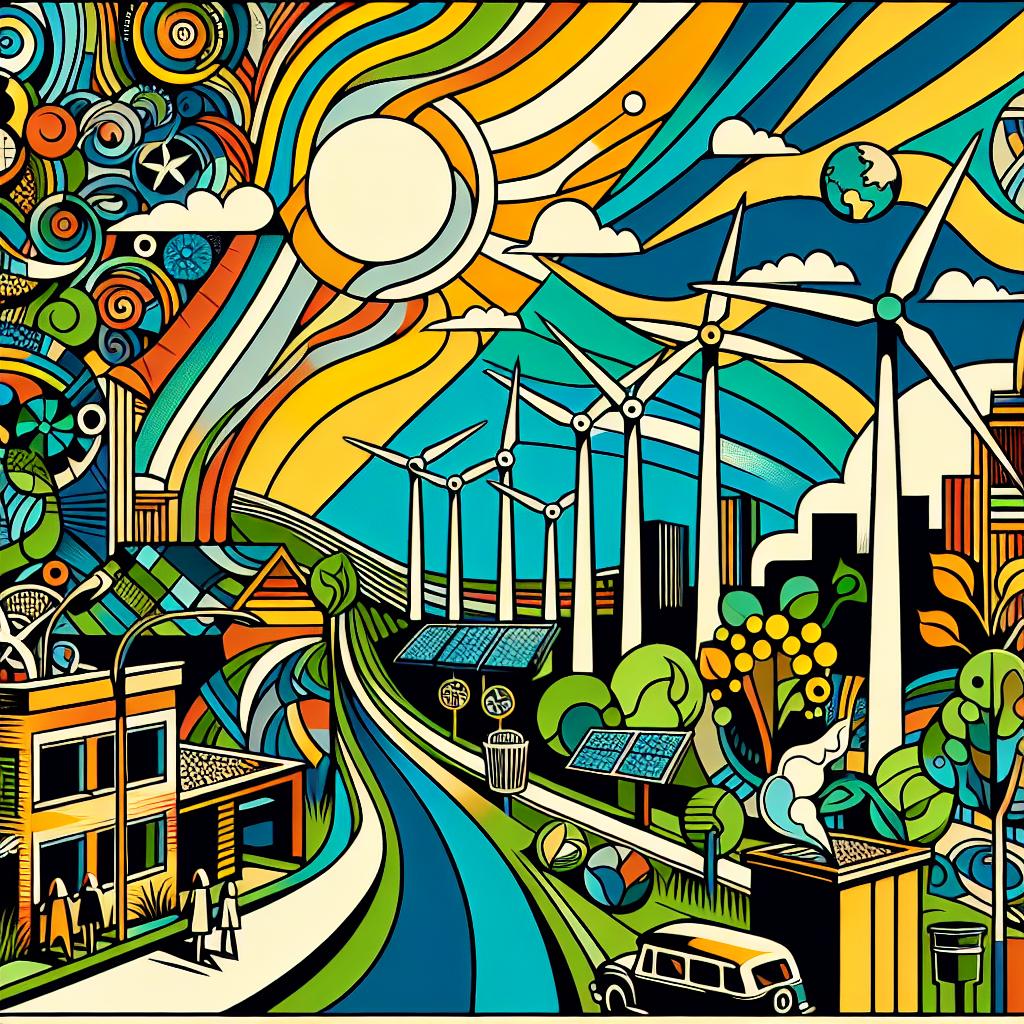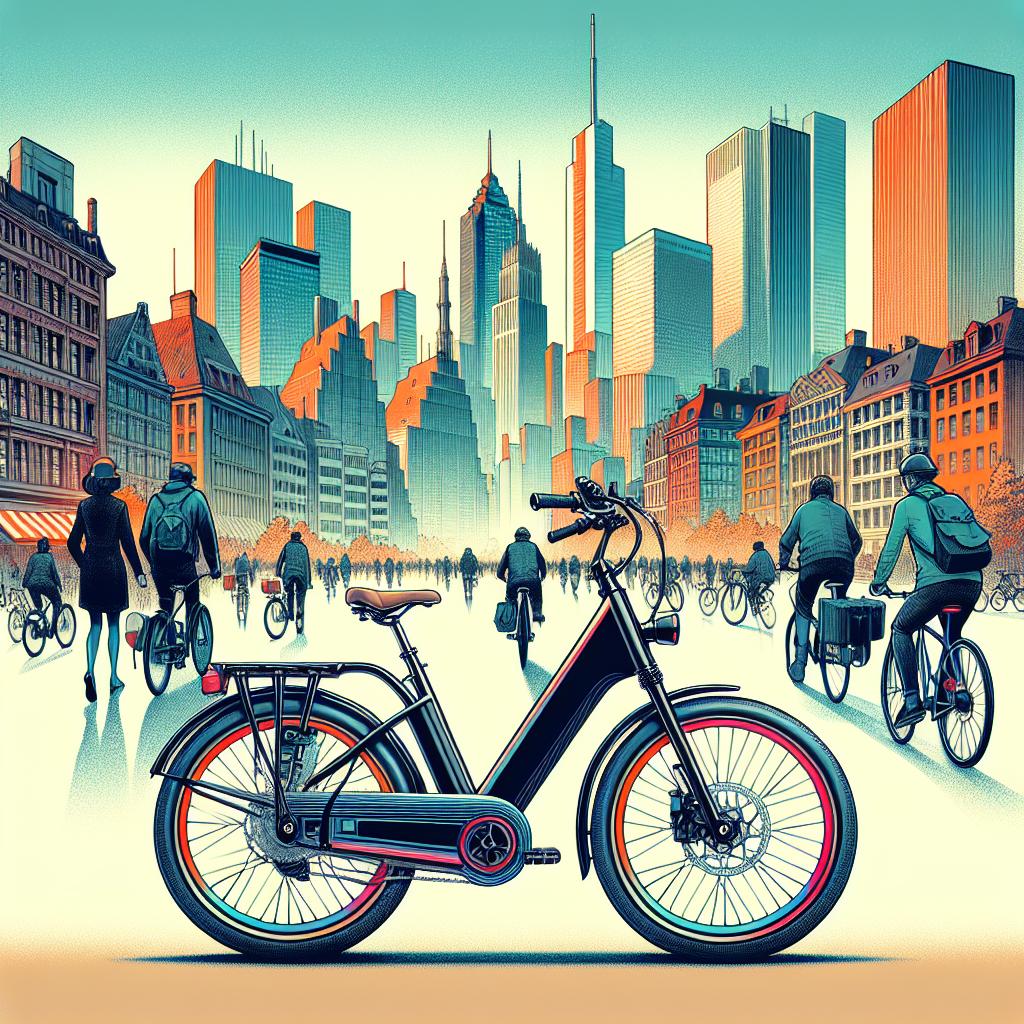A Collective Vision for Generations to Come
As society grapples with the environmental crises of our time, the Green New Deal emerges as not just a policy proposal but a profound vision for the future. With advocates encouraging the public to consider the implications of our actions today on future generations, it’s clear that we are at a crossroads. This ambitious plan lays a foundation for a world where not just economic viability but environmental sustainability can flourish.
More Than Just an Environmental Plan
The Green New Deal is, at its heart, a combination of climate action and social equity. It positions itself strongly against the backdrop of historical movements aimed at social justice and equity, much like the New Deal initiated by Franklin D. Roosevelt during the Great Depression.
Think about the future you want for your children and grandchildren. The Green New Deal offers a vision of a world where clean air, good jobs, and thriving communities are within reach for everyone. It’s more than an environmental plan; it’s a roadmap to economic justice and equality.

Critics argue that the Green New Deal is overly ambitious, with proposals that vary from universal healthcare to massive investments in renewable energy. However, ambitious goals often represent necessary responses to urgent crises. For a country facing both economic inequalities and the devastating effects of climate change, recycling old norms and timid strategies will not suffice. For the world we want to build, we must reconsider the fundamentals of our economy, prioritizing sustainability alongside prosperity.
Bold Solutions for Big Challenges
In advocating for this Green New Deal, proponents urge decision-makers and the general public alike to be visionaries. They remind us that significant change cannot stem from fear or hesitation. Instead, it draws upon the courage to imagine a more equitable future, where investing in green jobs and clean energy infrastructure catalyzes a robust economy.
Indeed, plans to transition to renewable energy can create millions of jobs. From engineering to manufacturing to construction, the possibilities are vast, offering countless opportunities for communities often left behind in economic discussions. This is where the intersectionality of environmentalism and social justice becomes incredibly powerful; when we lift up marginalized communities, we all benefit. Critics say it’s too ambitious, but we can’t afford to be small-minded. Big challenges require bold solutions. Let’s choose progress over fear and build a future we can all be proud of.
Moving Forward
Ultimately, the Green New Deal calls upon us to confront the realities of a changing planet and a changing economy. The very framework of our society is being challenged. As we debate the paths we can and should take, there is an unmistakable urgency echoed through the voices of climate activists, workers, and everyday citizens yearning for equity and sustainability.
As we inch closer to decisive changes, we must lean on the progressive visions that advocate not just for survival but for thriving in a sustainable world. The future we choose starts with the heart we put into our present decisions, and with the vision of the Green New Deal, it seems clearer than ever that we have a compelling chance to reshape our world into one that prioritizes clean air, justice, and opportunity for all.



